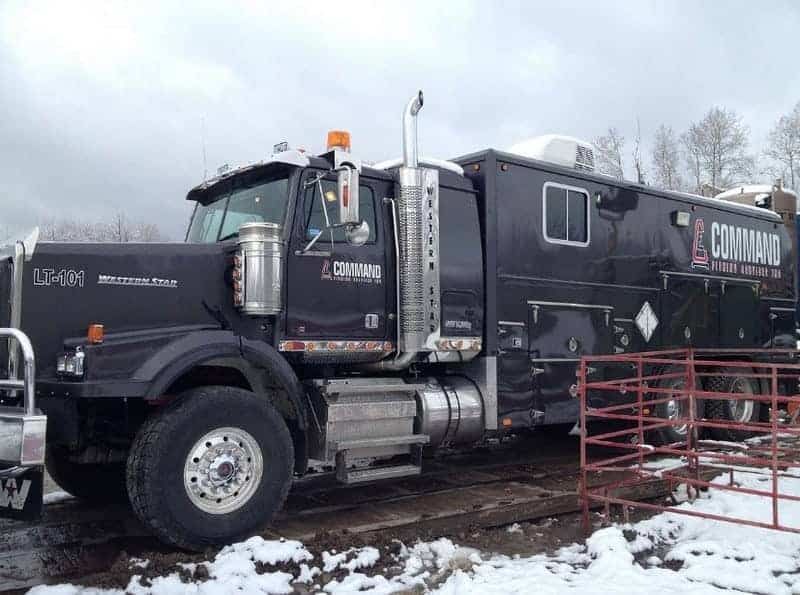To every supervisor, stuck pipe in a wellbore is a nightmare. You try hard to pull it out, but you failed. The stuck pipe might even cost you thousands of bucks a day. Most of the causes of stuck pipe occur due to highly porous shale formations, sloughing, depleted reservoirs, and overpressured drilling liquid hydrostatic.
Further, a stuck pipe situation can be time-consuming, expensive, at high risk of failing the wellbore itself if not considered re-drill it again. Damages occur due to the stuck pipe might also build a poor quality well and not up to the mark as it was in the beginning.

Here are the five most common reasons for stuck pipe:
Pulling Out Of the Hole Fast!
Pulling the pipe so fast is another cause of getting stuck. The sudden movement of the drill string can decrease the pressure in the bottom hole. As a result, at a certain point, the pressure overreaches the hydrostatic pressure of the mud. This then causes the drilling in to spew its formation liquids into the wellbore.
When shale, sand, and pipe guard rubbers explode the hole, it may lead to blowout-sticking. So the trick is getting that drill string out quickly. Don’t worry about wellbore obstacles and avoid overpull when tripping out.
Skipping Cleaning Before Pull Out Of the Hole
Cleaning the borehole by disseminating the drilling liquids from the bottom up once, before you pull out the drill string is one of the best practices. However, skipping this part can make the cuttings disarranging the annulus and get pulled down due to gravitational force. Thus, it can stack around the bottom hole assembly (BHA).
Misplacing the Jar
Obtaining your bottom hole assembly, BHA stuck and then putting the jar far from BHA and firing it off can also cause a stuck pipe. However, to avoid being in such situations, you can consider wire line services for a successful borehole venture.
Ignoring Mud Rheology
When drilling in certain formations, for instance, using water-based mud, and drilling through Smectite or Illite minerals can result in a stuck pipe. These thirsty materials are more likely to swell (like mashed potato powder straightaway). When they meet with water-based mud, the reactive shale hydrates and start stuffing your wellbore, leaving clay balls that may stick your drill string.
However, a mud man should know that using the good-quality oil-based mud could stop this swelling procedure. Or, treating the mud with glycol, KCl, or polymer, which obstruct the chemical procedure when formation clay is mixed with water-based mud.
The latter method can also enhance the viscosity of the mud, and the mud’s capability to turn into a gel-like state; prevent the cuttings from getting pulled down due to gravity and stack around the drill bit – which is yet another cause of stuck pipe. During the process, mud rheology is continually being measured, and by simply ignoring it creates the chances of pipe sticking.
Dropping of Junk
Dropping junk from the surface into the borehole causes stuck pipe. It could occur due to various factors, such as an uncovered rotary table, lousy housekeeping on the rig surface, or downhole device failure.
It can occur anytime, for instance, suspicious items such as wood, rubber, metal, at shale shaker cause stuck pipe. And, stuck junk can be identified when torque immediately becomes erratic, drag increases or equipment on the rig surface falls downhole. The primary thing to remember is to have proper planning and to deal with it in the simplest way possible in order to rescue from stuck pipe situations!





